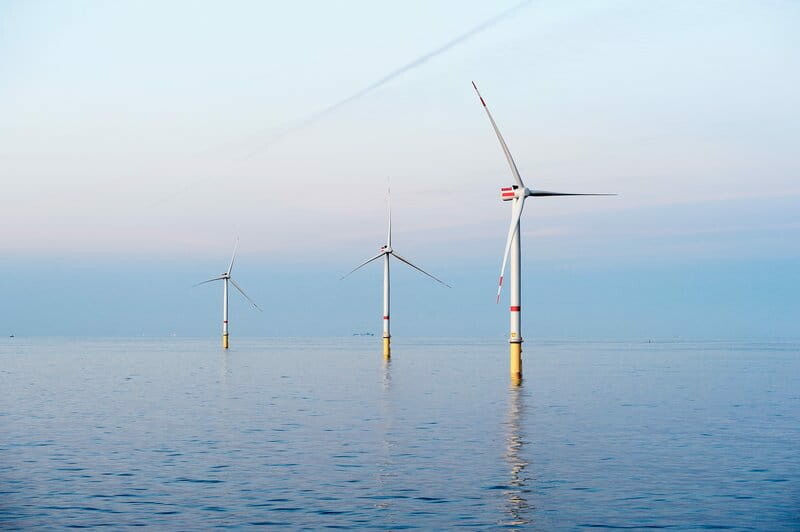Last week, the Bureau of Ocean Energy Management approved the largest U.S. offshore wind farm on the East Coast – Ocean Wind LLC. With this approval, there will soon be three offshore wind farms under construction, confirming that the industry has the ‘pedal to the metal.’
This is an important development for the Biden administration’s goal of 30 gigawatts of offshore wind power installed by 2030 which will see upwards of 2,000 offshore turbines spinning in five to 10 years.
Ocean Wind is a 1.1 GW project to be powered by 98 offshore wind turbines positioned 13 miles off Atlantic City, N.J. Ørsted, the Danish wind developer, said the project will create 3,000 jobs during its three-year construction that will be based at the New Jersey Wind Port, the state’s newly developed $500 million offshore wind construction port located on the eastern shore of the Delaware River in Lower Alloways Creek. The port will be the first purpose-built wind port on the East Coast.
The history of Ocean Wind sheds light on the turmoil currently gripping the offshore wind business. The lease was purchased in 2015 by DONG, the predecessor to Ørsted. In 2020, Public Service Enterprise Group agreed to purchase a 25% interest in the project for approximately $110 million and a commitment to invest up to another $250 million to help get the project to the final investment decision point. If it elected not to participate, Ørsted would repurchase the interest at the full value PSE&G had invested.
In December, PSE&G agreed to sell its Ocean Wind interest. As management told investors, it was “exiting offshore wind generation to eliminate project risk.” Yes, there was a big risk. Soaring component and labor costs, along with a rising cost of capital, were making projects unfinanceable.
In Massachusetts, developers have walked away from power purchase agreements for offshore wind because the price would not provide sufficient revenues to support their financing. Besides Massachusetts, PPAs now have been terminated in Connecticut and New York, including ones involving Ørsted.
At its recent capital day, Ørsted showed analysts that its U.S. offshore wind portfolio was not profitable. Management was forced to redesign, shrink, and exit projects. The CEO bragged to analysts that Maryland had just approved a plan giving the company the state’s share of the offshore wind tax credits from the Inflation Reduction Act. Therefore, the project would go forward.
Just before BOEM’s approval announcement, the New Jersey Legislature approved a bill by a single vote giving Ørsted the state’s tax credit share. Ørsted’s CEO told the analysts that having full control over the tax credits enhanced its ability to maximize the full value. It is no surprise that Atlantic Shores, the third New Jersey offshore wind project, is seeking a similar deal.
Why is this important? BloombergNEF (part of Bloomberg Finance LP) said the cost of subsidized offshore wind is $114.20 per megawatt-hour, up 48% from 2021! That increase is what sank the Massachusetts, Connecticut, and New York projects. The developers plan to rebid their projects in new solicitations, but that is becoming a politically divisive issue in Massachusetts. Developers are counting on escalation clauses offsetting future cost increases being included in the new offshore wind solicitations.
What if they aren’t?




